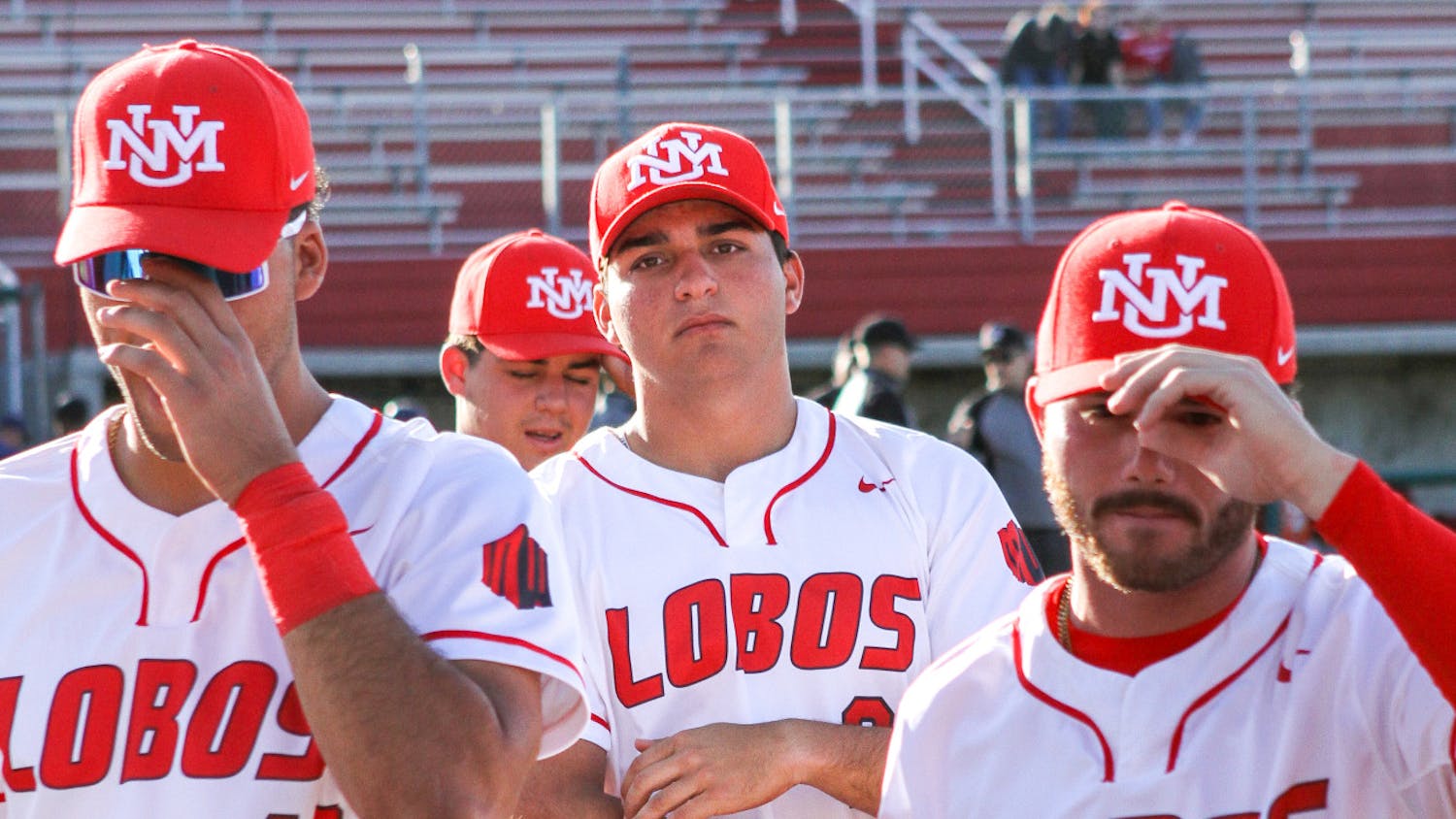Editor's Note: The following photo story contains photos by both Anthony Jackson and Morgan Ledden.
My study abroad program lasted about two weeks and took place in Mexico City.
The program — called Camera, Culture and Coyoacán: Framing the Urban Landscape in Mexico City and La Luna, La Virgen y La Frida — was led by University of New Mexico Staff Jaelyn DeMaria and Roberto Rosales with members from Instituto Legal.
From the beginning of the program I learned about some of the deep, coexisting histories and cultures embedded within the land. I learned about how, for thousands of years, the maguey agave plant — a native species to Mexico — has been used for sewing, medicine and making beverages.
I learned of different methods in which people worship their creators. I learned of some layers that envelop Mexican history and culture. I learned ways to navigate language barriers, and with every day that passed, I learned more about the heritage that I pushed away and refused to learn when I was growing up.
At first, I felt like a stranger in a strange land where the streets are lively and bustling, where different aromas mix and waft through colorful back alley ways, but over the course of the program I developed a homely connection to the area — like I had been away, but found my way back.
Maybe it was the charm of Coyoacán: the bright pink and white paleta bars in dozens of flavors, home to almost endless rows of merchants in the mercados — each trying to catch your ear with an “hola amigo/a” — the smell of steamed tamales as the breeze carries the aroma under your nose and the feel of the cobblestone road under your feet.
If not the location, then the cultural and historical events immortalized in murals along underpasses and building walls, a woman painted in whites and greys disembarking a train during the Mexican Revolution — inspired by a photo taken by Agustín Victor Casasola — or bright greens that made up a mural of Frida Kahlo.
While many murals in Mexico City hold historical or cultural ties, some do not. Astounding murals depicting surrealist images from six feet to more than 30-feet tall further added to the city’s depth and multitude of layers.
It was not just the history and culture that made up the location, it was the people. Maybe it was the reflection of affection a couple shared in public. The warm embrace nurtured between a couple could be felt all around, like the laughs of a brother running with his sister as she roller skates through a plaza, or the sense of togetherness as a grandmother watches her grandchildren play in a park.
The program took me to a multitude of cultural and historic museums in Mexico City, the towering pyramids of Teotihuacan, the homes of Mexican artists and a traditional sweat lodge — just to name a few. Each place represented one of the many layers that makes up modern Mexican culture, like Tepeyac Hill where the Virgin of Guadalupe is enshrined and where Roman Catholics make a pilgrimage.
One of my fellow program members told me that faith is the most precious resource that Mexicans have. I found this evident in the practice of Catholic and indigenous ceremonies — almost like a synchronization.
Get content from The Daily Lobo delivered to your inbox
In addition to the people, language, culture and history, I learned a lot about myself by the end of the program and I recommend this study abroad program to anyone that wants to improve their photography or learn more about a culture. I hope you find what you are looking for.
Anthony Jackson is a freelance reporter with the Daily Lobo. He can be contacted by email at news@dailylobo.com or on Twitter @TonyAnjackson.





